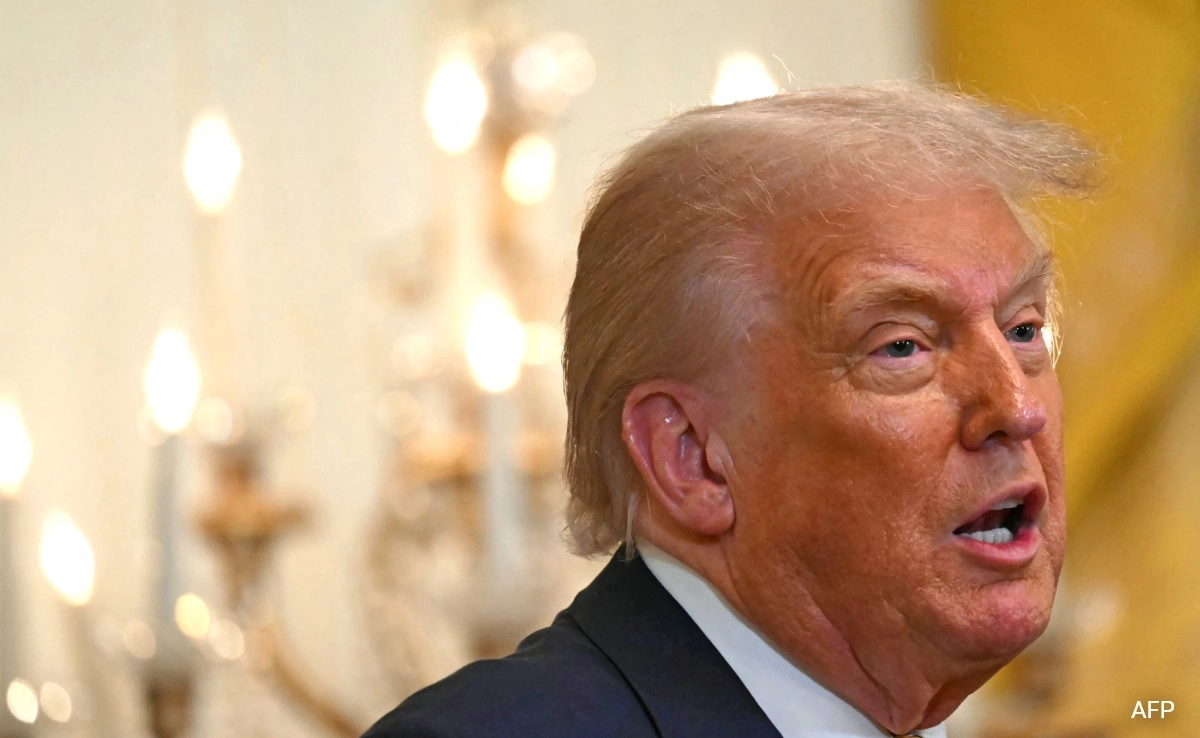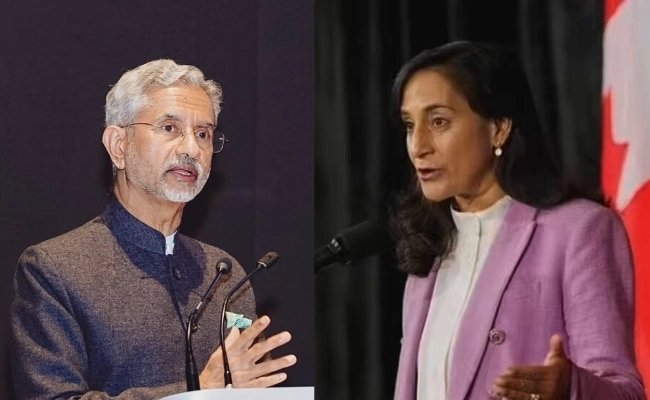The geopolitical landscape is often shaped by the interplay of diplomacy, energy resources, and social media narratives. The recent situation in Kashmir, coupled with the intricacies of Russian oil politics, exemplifies how these elements can converge in surprising ways. Former President Donald Trump has been vocal about various international issues, and his commentary on these subjects often finds a platform on his social media venture, Truth Social. Trump’s perspective on Kashmir, a region fraught with conflict between India and Pakistan, underscores the complexity of international relations in South Asia. He has previously suggested that the United States should play a mediating role in the long-standing dispute, which raises questions about America’s involvement in global conflicts and its role as a peacemaker.
The situation in Kashmir is emblematic of deeper historical tensions, and any proposed mediation must navigate the sensitivity surrounding national sovereignty and regional autonomy. Trump’s assertions on Truth Social regarding Kashmir highlight his administration’s approach to foreign policy, which often leaned towards direct interventionism rather than diplomatic subtlety. Additionally, the connection to Russian oil introduces another layer of complexity, as energy resources have long been a catalyst for both cooperation and conflict on the global stage. Russia’s significant role in the energy market means that its actions can reverberate through international relations, influencing everything from pricing to geopolitical alliances.
Moreover, Trump’s engagement with these topics on social media reflects a broader trend where political discourse is increasingly shaped by platforms that prioritize immediacy and sensationalism. The nature of Truth Social allows for rapid dissemination of information, but it also raises concerns about the accuracy and reliability of claims made in such forums. In discussing contentious issues like Kashmir and Russian oil, the potential for misinformation and oversimplification looms large, challenging the public’s understanding of these complex matters.
Ultimately, the intersection of Kashmir mediation and Russian oil within the realm of Trump’s social media narrative exemplifies the multifaceted nature of contemporary geopolitics. It serves as a reminder of how social media can influence public perception and policy discussions, particularly when it comes to contentious international issues. As these conversations evolve, the need for a nuanced understanding of the underlying dynamics becomes increasingly critical for both policymakers and the public alike.




